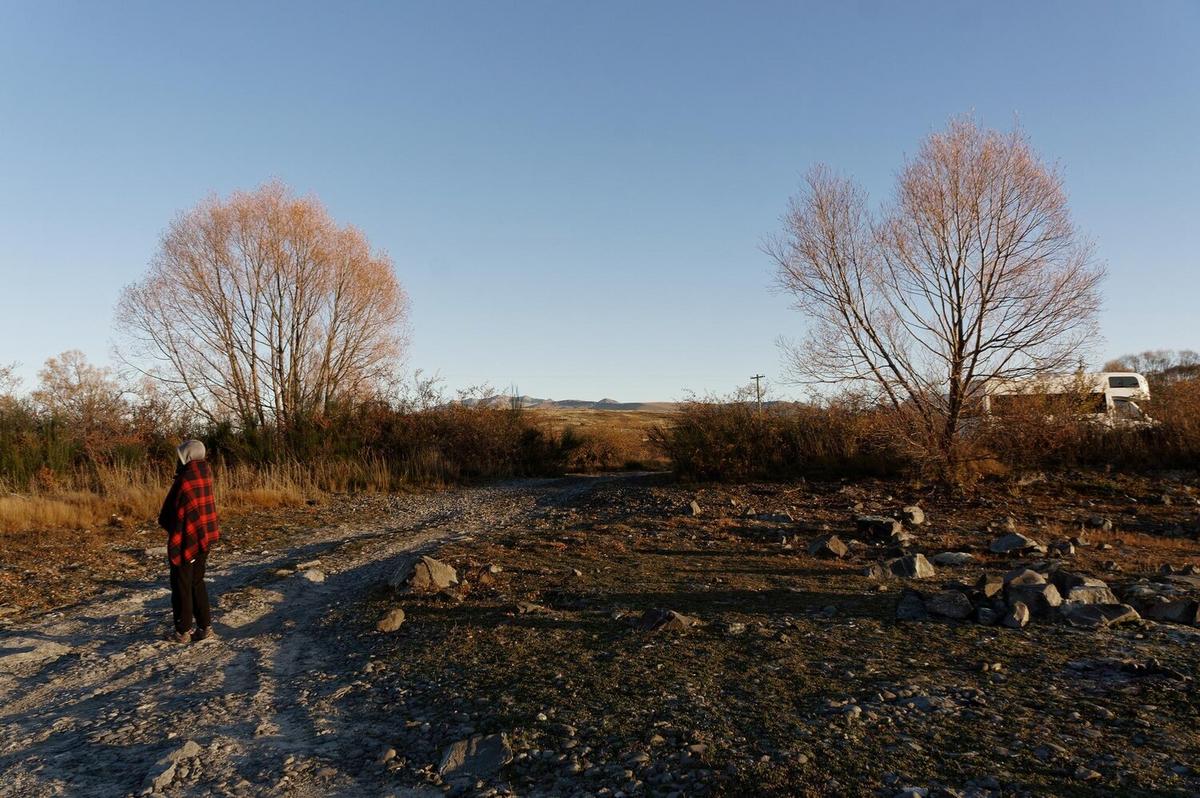
The Impact of Deforestation on Global Climate Patterns
The intricate balance of our planet’s ecosystems is deeply intertwined with the health of our forests. As trees are felled at an alarming rate, the ripple effects on global climate patterns become increasingly evident.
Deforestation, the large-scale removal of forested areas, is a pressing environmental issue that has far-reaching consequences on climate patterns worldwide. This process not only contributes to the loss of biodiversity but also plays a critical role in altering weather systems and exacerbating climate change.
The Extent of Deforestation
According to the World Resources Institute, from 2001 to 2020, the world lost around 411 million hectares of tree cover, an area larger than the Indian subcontinent. This loss significantly impacts the carbon cycle, as forests act as carbon sinks, absorbing carbon dioxide from the atmosphere.
How Deforestation Affects Climate
Forests help regulate the climate by storing carbon. When trees are cut down, the carbon stored in them is released back into the atmosphere, increasing greenhouse gas levels. The Intergovernmental Panel on Climate Change (IPCC) states that deforestation accounts for about 10% of all global warming emissions.
“Forests are essential for the health of our planet, keeping climate change in check by absorbing carbon dioxide,” says Dr. Jane Goodall, renowned primatologist and environmentalist.
Impact on Rainfall Patterns
Trees play a vital role in the water cycle, helping to maintain rainfall patterns. Deforestation disrupts this cycle, often leading to reduced rainfall and prolonged dry seasons, which can affect agriculture and water supply.
Case Study: The Amazon Rainforest
The Amazon, often referred to as the “lungs of the Earth,” is a prime example of how deforestation affects global climate. Studies have shown that deforestation in the Amazon can lead to reduced rainfall not only locally but also in regions as far away as the United States.
Personal Reflections
Growing up near a forest, I witnessed firsthand the changes in local climate patterns as trees were cleared for development. The once lush, green canopy gradually became a barren landscape, with noticeable changes in temperature and rainfall.
Actionable Steps to Combat Deforestation
- Support sustainable forestry practices and products.
- Participate in reforestation and tree-planting initiatives.
- Reduce paper and wood consumption through recycling and using digital alternatives.
- Advocate for policies that protect forested areas.
Consider donating to organizations dedicated to forest conservation. Your contribution can help protect vital ecosystems and combat climate change.
Deforestation and Climate: A Quick Comparison
| Aspect | Impact of Deforestation | Climate Change Effect |
|---|---|---|
| Carbon Storage | Reduces ability to store carbon | Increases atmospheric CO2 |
| Rainfall Patterns | Disrupts local and global rainfall | Leads to droughts or floods |
| Biodiversity | Loss of species | Alters ecosystems |
| Soil Quality | Decreases soil fertility | Leads to desertification |
| Temperature | Increases local temperatures | Contributes to global warming |
| Water Cycle | Disrupts water retention | Affects water availability |
| Human Habitats | Displaces communities | Increases vulnerability to climate impacts |
| Economic Impact | Short-term gain, long-term loss | Economic instability |
Frequently Asked Questions
How does deforestation contribute to climate change?
Deforestation contributes to climate change by releasing stored carbon dioxide into the atmosphere, increasing greenhouse gas concentrations.
What are some effective ways to reduce deforestation?
Supporting sustainable forestry, reducing paper use, and participating in reforestation efforts are effective ways to combat deforestation.
Can deforestation be reversed?
While it is challenging, reforestation and sustainable management practices can help restore deforested areas over time.
Conclusion
Deforestation significantly impacts global climate patterns by altering carbon cycles, rainfall distribution, and local temperatures. Understanding these effects underscores the importance of preserving our forests. By taking action both individually and collectively, we can help mitigate climate change and protect these vital ecosystems. Let’s commit to making informed choices that support a healthier planet for future generations.


